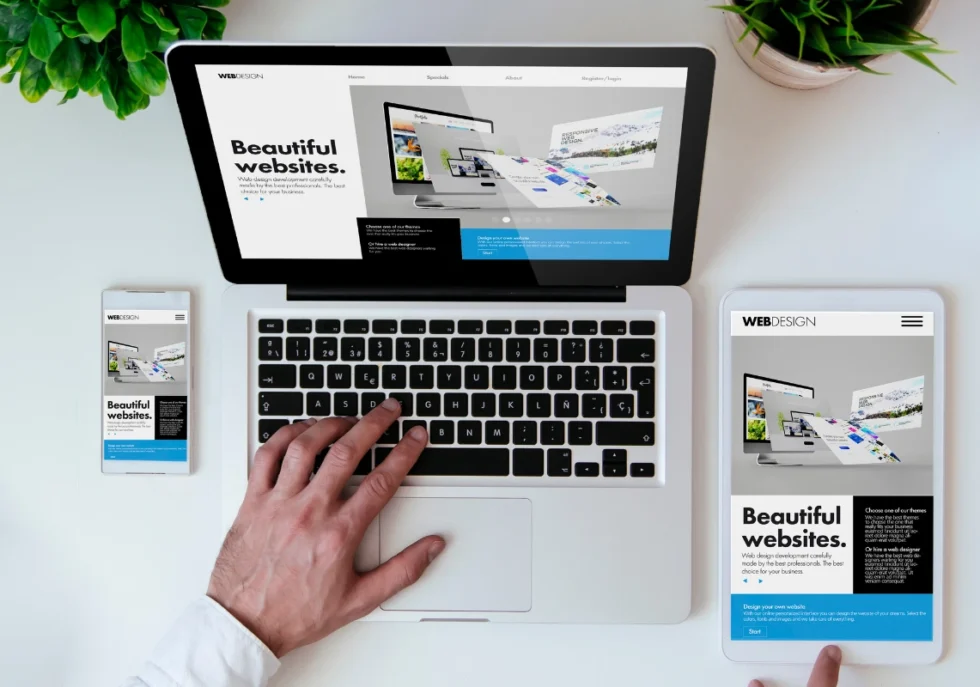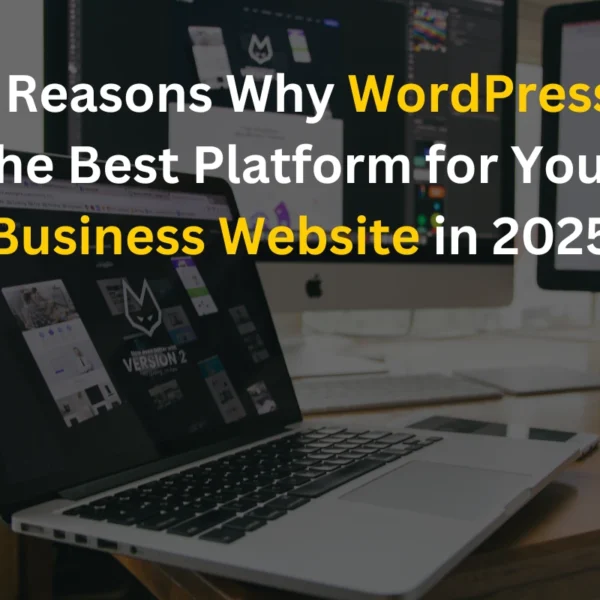How to Choose the Perfect WordPress Theme for Your Website: A Complete Guide
Selecting the right WordPress theme is a critical step in building a successful website. The theme determines the overall design, functionality, and user experience of your site. With thousands of options available, finding the perfect theme might seem overwhelming. This guide will help you navigate the process and choose a WordPress theme that fits your needs and goals.
1. Understand Your Website’s Purpose
Before diving into the selection process, clearly define the purpose of your website. Is it an e-commerce store, a blog, a portfolio, or a business website? Understanding your goals will narrow down your options to themes specifically designed for your niche.
2. Decide on Key Features and Functionality
List the essential features and functionalities you need. For instance:
- An online store requires e-commerce capabilities.
- A blog needs excellent content organization and readability.
- A portfolio site benefits from image galleries and visual elements.
Knowing what you need ensures you don’t waste time on themes that don’t meet your requirements.
3. Choose a Responsive Theme
With mobile traffic accounting for a significant portion of web visitors, a responsive design is a must. Test the theme’s demo on different devices to ensure it adapts seamlessly to various screen sizes and resolutions.
4. Prioritize SEO-Friendly Themes
An SEO-friendly theme lays the foundation for better search engine rankings. Look for themes that offer clean code, fast loading speeds, and compatibility with popular SEO plugins like Yoast SEO or Rank Math.
5. Check Customization Options
Your WordPress theme should offer customization options that allow you to align the design with your brand identity. Themes compatible with page builders like Elementor or WPBakery make it easy to create unique layouts without coding.
6. Evaluate Performance and Speed
A slow website can frustrate users and harm your SEO. Choose a lightweight theme optimized for performance. Use tools like GTmetrix or Google PageSpeed Insights to test the demo version’s loading speed.
7. Consider Theme Compatibility with Plugins
Plugins add extra functionality to your website. Ensure the theme you choose is compatible with the plugins you plan to use, such as WooCommerce for e-commerce, Contact Form 7 for forms, or Slider Revolution for visual effects.
8. Look for Regular Updates and Support
A good theme is regularly updated to fix bugs, improve performance, and address security vulnerabilities. Check the update history and ensure the theme comes with reliable customer support to assist with any issues.
9. Test the Demo and Read Reviews
Always test the theme’s live demo to understand its design and functionality. Additionally, read reviews and ratings from other users to gauge the theme’s reliability and ease of use.
10. Choose Between Free and Premium Themes
Free themes are a great starting point, especially for small projects. However, premium themes often offer better design, advanced features, and dedicated support. Decide based on your budget and requirements.
Conclusion
Choosing the perfect WordPress theme requires careful consideration of your website’s purpose, functionality, and user experience. By following this guide, you’ll be well-equipped to find a theme that not only looks great but also meets your business goals. Remember, the right theme is an investment in your website’s success.
Need help selecting or customizing a WordPress theme? Contact me at shakilrafshan.com to create a tailored solution for your business website.






